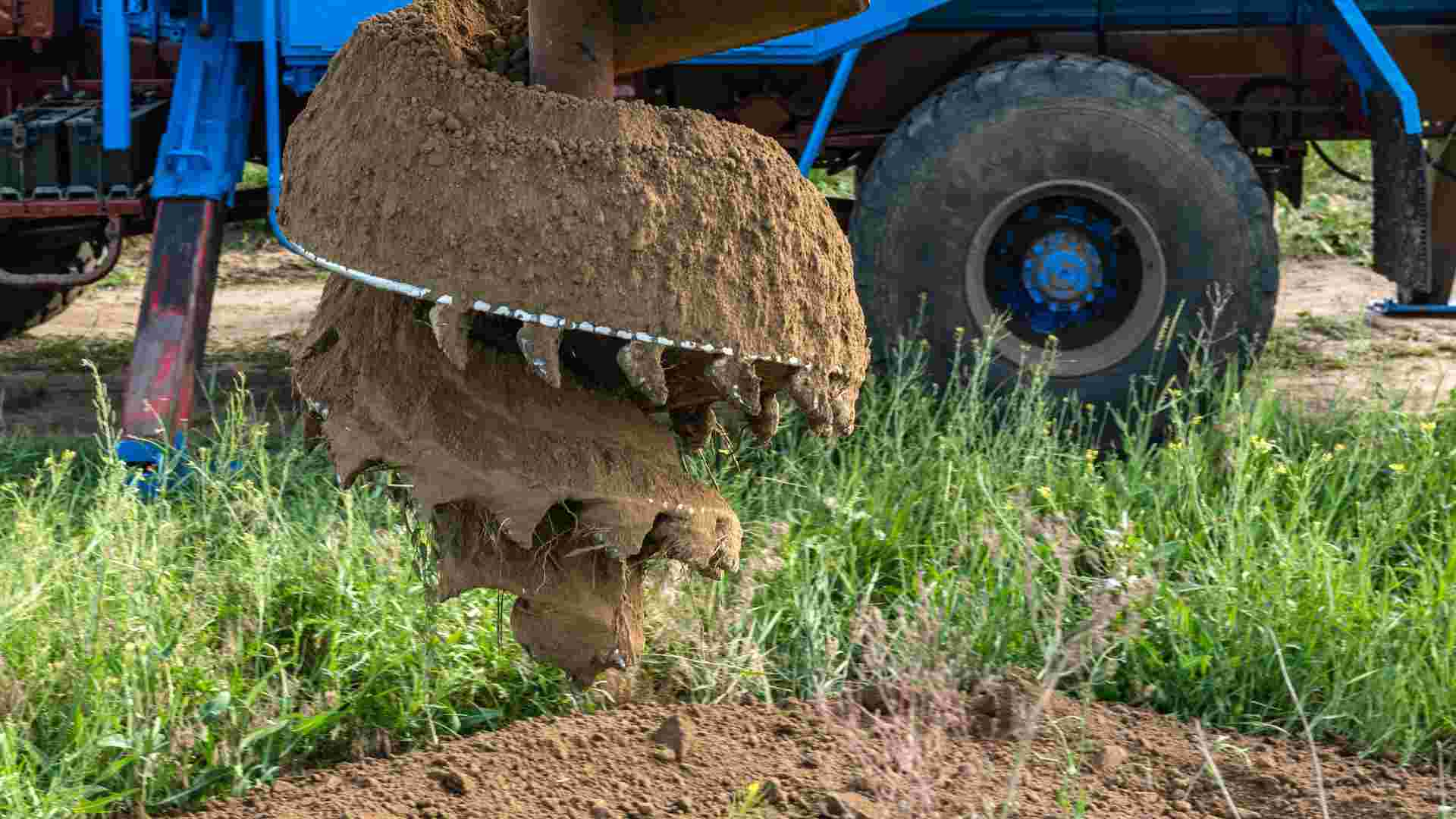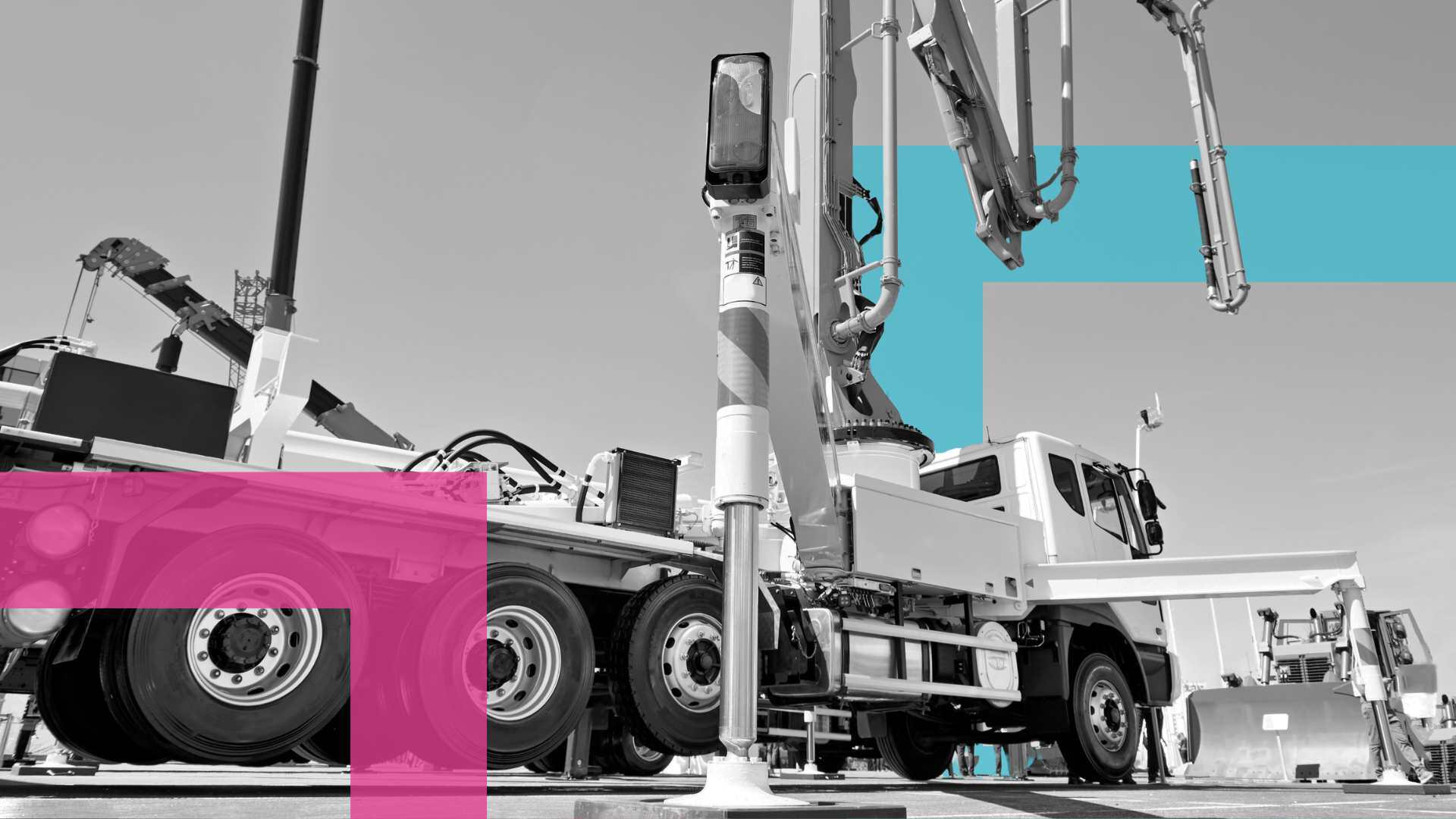Pre Start Plus rebranded to Ideagen Asset Guard
Ideagen Plant Assessor is pleased to announce the rebrand of its flagship pre-start app, Pre Start Plus, to Asset Guard. This rebrand aligns with...
|
|
Machinery Pre Starts
|
|
|
Risk Management &
|
|
|
Document Management
|
|
|
Dashboards & Reporting
|
|
|
Machinery Risk Assessments
|
|
|
Service & Maintenance
|
|
|
Safe Operating Procedures
|
|
|
MySite
|
|
|
View All Features |
Case Studies
Hear from our clients
Events
Find us at industry events
Guides
Find industry-specific guides
Learn
Educational content
News & Articles
Industry news and articles
Safety Legislation
We keep up with safety legislation
so you don't have to
Videos
Find overviews and informative
videos here
Webinars
View upcoming and on-demand webinars
Promotions
See our current promotions
FAQ
All of our frequently asked questions
Help Centre
How to use our software
View a Demo
Let us walk you through Ideagen Plant Assessor features
Release Centre
Product updates and release information

Guarding is a critical aspect of enhancing machinery safety. In Australia, stringent standards are in place to ensure the proper design, implementation and use of machine guarding to reduce the risk of incidents and injuries. This article provides an overview of machine guarding standards in Australia, focusing on some of the most important standards and their guidelines.
A standard is a document established by consensus and approved by a recognised body that provides rules, guidelines or characteristics for activities or their results. In Australia, that recognised body is Standards Australia, an independent, non-government organisation that publishes technical standards across various industries. The standards outline best practices and requirements for ensuring a safe machine and a safe working environment for those in the vicinity of machinery.
Australia has several standards that specifically address guarding to mitigate the risks associated with machinery operation. Some of the most important standards are listed below.
Titled “Guards - General requirements for the design and construction of fixed and moveable guards”, this standard helps to ensure guards effectively prevent access to hazardous machine areas, emphasising robust design, secure fixing and integration with interlocking systems to prevent operation when guards are absent. It provides guidance on guard maintenance, inspection, ergonomics and accessibility, in order to reduce the risks that hazardous components of machines can pose to operators and bystanders.
Titled “Safety of machinery, Interlocking devices associated with guards - Principles for design and selection”, provides comprehensive guidelines for the design and implementation of machine guarding systems. It outlines principles for the design of guards to prevent access to hazardous areas associated with machinery.
Titled ”Safety of machinery Design of controls, interlocks and guards - Prevention of unexpected start-up”, this standard emphasises the prevention of unexpected machine start-ups through effective guarding. It provides guidelines for the design and implementation of guards, interlocks and other protective measures to ensure machinery cannot be inadvertently activated.
This standard, “Safety of machinery - Design of controls, interlocks and guarding - Emergency stop - Principles for design” addresses the design considerations for emergency stop systems and related guarding. It provides guidelines for the design, selection and implementation of guards and protective devices to ensure the effective operation of emergency stop functions.
Adhering to the guidelines in the standards outlined above is essential for ensuring the effective protection of operators and other personnel from the risks posed by machinery operation, therefore reducing the associated risks of incidents and serious injuries.
Understanding and adhering to machine guarding standards is crucial. For employers, compliance with these standards is essential for maintaining safe machines and a safe working environment. Failure to comply may result in penalties such as fines and increase the risk of incidents and injuries to workers. Therefore, employers must ensure machinery is equipped with appropriate guards as outlined in the standards. Regular inspections and maintenance of machine guarding systems are also necessary to identify and address any potential hazards or faults promptly.
For employees, awareness of machine guarding standards is essential for protecting their own and others’ safety. Workers should receive adequate training on the proper use of machinery, including understanding the importance of machine guarding and how to identify potential hazards.
Ideagen Plant Assessor has a team of machinery standards experts who are on hand to help you understand your obligations when it comes to machinery guarding. Contact us today on 1300 728 852 or info@assessor.com.au for further information.
Disclaimer: This information is intended to provide general information on the subject matter. This is not intended as legal or expert advice for your specific situation. You should seek professional advice before acting or relying on the content of this information.

Ideagen Plant Assessor is pleased to announce the rebrand of its flagship pre-start app, Pre Start Plus, to Asset Guard. This rebrand aligns with...
.png)
Many businesses operating machinery still rely on traditional paper pre start books for daily machinery checks. While these booklets serve their...

A concrete company based in Melbourne has been convicted and fined $30,000 after an incident involving a concrete pump resulted in a worker’s hand...